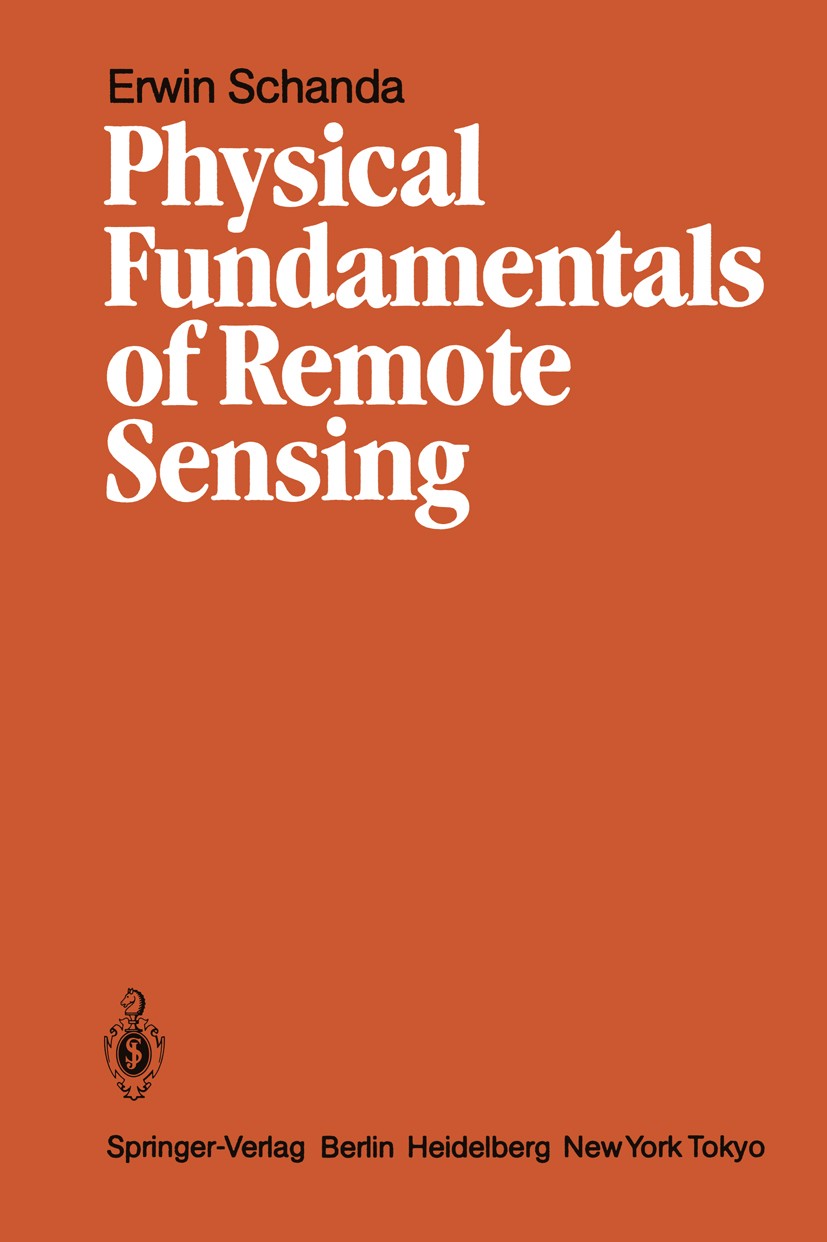| 书目名称 | Physical Fundamentals of Remote Sensing | | 编辑 | Erwin Schanda | | 视频video | http://file.papertrans.cn/747/746854/746854.mp4 | | 图书封面 |  | | 描述 | Ten years ago the author, together with eight co-authors, edited a textbook Remote Sensing for Environmental Sciences within the series on Ecological Studies of Springer-Verlag. At that time there were not yet many books available on remote sensing. The decade that has elapsed was marked by a spectacular development in this field. This development took place in many directions: by widening the areas of application, by improvements of the methods and the sensors, by the introduction of new versatile platforms, but also by deepening the knowledge of the theoretical foundations. This evolution improved the ability to explain the interaction between electromagnetic radia tion and natural objects, which, in its turn, allowed for better modelization and for the creation of refined mathematical tools in the processing of remotely sensed data and in the determination of the physical status of remote objects. The community of research workers engaged in development and use of remote sensing methods changed accordingly from a modest group of scientists in the early 1970‘s to a considerable branch of specialized and interdisciplinary activity. The training of students had to be adapted to co | | 出版日期 | Textbook 1986 | | 关键词 | Dispersion; light scattering; polarization; remote sensing; transport; air pollution and air quality; wate | | 版次 | 1 | | doi | https://doi.org/10.1007/978-3-642-48733-0 | | isbn_softcover | 978-3-540-16236-0 | | isbn_ebook | 978-3-642-48733-0 | | copyright | Springer-Verlag Berlin Heidelberg 1986 |
The information of publication is updating

|
|
 |Archiver|手机版|小黑屋|
派博传思国际
( 京公网安备110108008328)
GMT+8, 2025-11-23 02:34
|Archiver|手机版|小黑屋|
派博传思国际
( 京公网安备110108008328)
GMT+8, 2025-11-23 02:34


